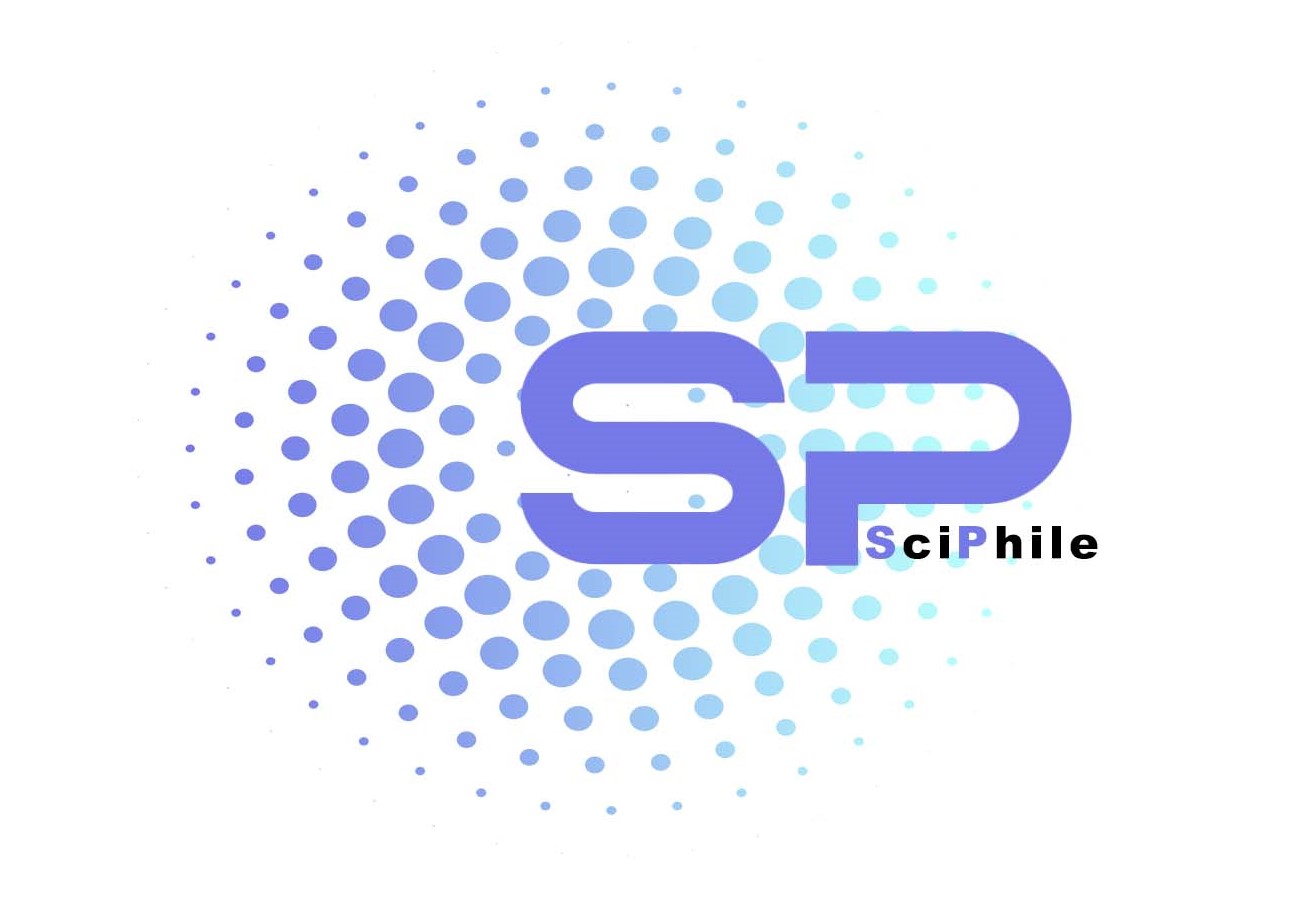Construction and Validation of the Conflict Expression in Meaning Formation Scale for Adolescents
Keywords:
meaning, adolescent, factor structure, conflict expressionAbstract
Objective: The present study aimed to construct and validate the Conflict Expression in Meaning Formation Scale for adolescents aged 12-20 years in the city of Isfahan during the years 2022-2023.
Methods and Materials: The research was conducted using a mixed-methods approach with a sequential exploratory qualitative-quantitative design. The population for both the qualitative and quantitative sections included male and female adolescents within the age range of 12-20 years, from which 443 adolescents (248 females and 185 males) were randomly selected through cluster sampling. The Meaning in Life Questionnaire (Steger, 2010) was used to determine convergent validity, and the researcher-developed Conflict Expression in Meaning Formation Scale was administered by the researcher. Data were analyzed using SPSS22 and Amos26 software through correlation coefficients and confirmatory factor analysis. Additionally, the content validity of this scale was confirmed by 15 experts in the field of psychology.
Findings: The results of the factor analysis indicated that the model for the Conflict Expression in Meaning Formation Scale for adolescents, with three components—Problematic Coping, Emotional Confusion, and Meaning Protest—showed an acceptable fit with the collected data. Each of the components also demonstrated acceptable capability in measuring the respective factors of the questionnaire. Furthermore, the items related to each factor of the Conflict Expression in Meaning Formation Scale for adolescents exhibited acceptable internal consistency, with Cronbach's alpha coefficients for the factors being above 0.7.
Conclusion: This study concludes that the 11-item Conflict Expression in Meaning Formation Scale for adolescents is a suitable tool for use in various psychological, educational, and research domains.
Downloads

Downloads
Additional Files
Published
Issue
Section
License
Copyright (c) 2024 Hamed Nasiri (Author); Salar Faramarzi (Corresponding Author); Fahimeh Namdarpour (Author)

This work is licensed under a Creative Commons Attribution-NonCommercial 4.0 International License.



































